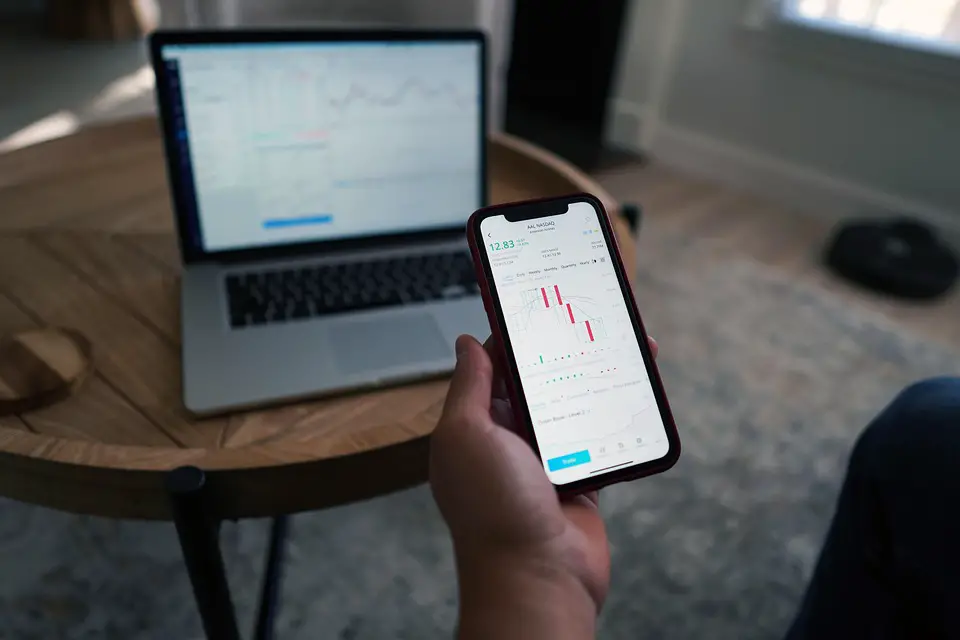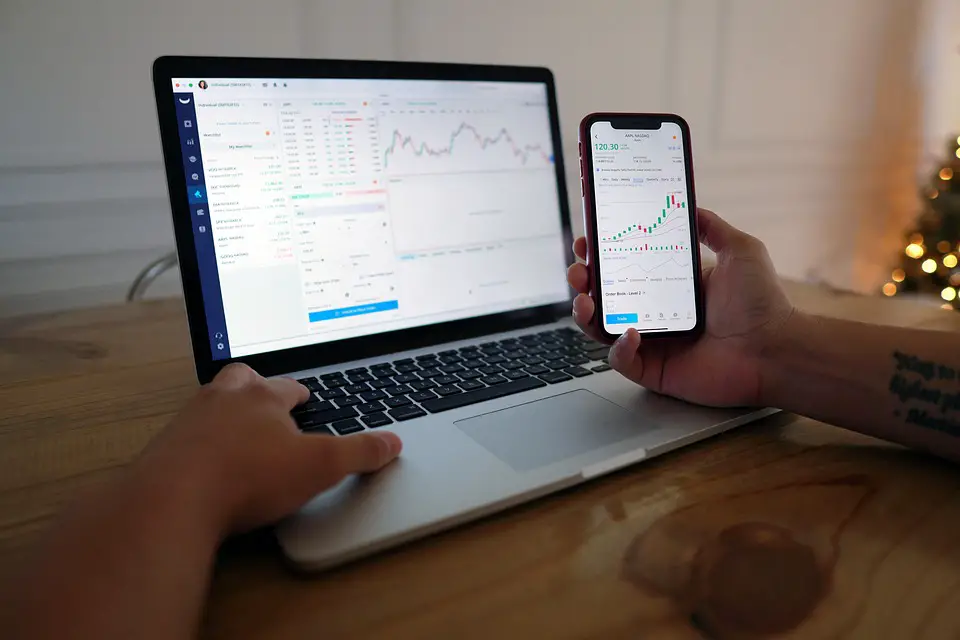The Role of ESG Criteria in Investment Decisions: A 2025 Perspective
If you think “ESG” sounds like a new energy drink, you’re not alone. But in the world of investing, ESG stands for Environmental, Social, and Governance, and trust me, it’s way more important than your average caffeinated concoction. By 2025, ESG criteria have gone from the backwater of investment decisions to the fast lane, and if you’re not paying attention, you might as well be investing in Blockbuster stocks. So, grab your favorite beverage, settle in, and let’s dive into how ESG criteria can boost your investment game—and your bank account.
Why ESG Matters More Than Your Ex
Let’s face it: the world is changing faster than a teenager can scroll through TikTok. In 2025, investors are no longer just looking for the hot stock tip or the next crypto moonshot. They want to know if your money is doing good while it’s doing well. ESG investing is about aligning your portfolio with your values and ensuring you’re not just throwing your dollars into the next big polluter or sweatshop.
Why, you ask? Because consumers and investors alike have become more socially conscious. Companies that embrace ESG principles are not just the flavor of the month—they’re the whole buffet. And guess what? They tend to outperform their non-ESG counterparts in the long run. So, if you’re not integrating ESG into your investment decisions, you might as well be wearing socks with sandals.
The Numbers Don’t Lie
Recent studies show that companies with robust ESG practices have less volatility and better long-term performance. In fact, a report from 2024 revealed that ESG-focused funds outperformed traditional funds by 3% annually. That’s not just pocket change; that’s a vacation to Hawaii instead of a staycation in your living room.
Let’s break it down further. Here’s why ESG investing isn’t just a fad—it’s a financial necessity:
-
Risk Mitigation: Companies that flout environmental regulations or engage in unethical practices are like ticking time bombs. When the next scandal hits, their stock price will implode faster than a bad reality show.
-
Consumer Preference: Today’s consumers are more inclined to buy from brands that embrace sustainability. If your favorite coffee shop serves up its lattes in biodegradable cups, guess what? You’re probably willing to pay a premium for that. Companies that understand this are cashing in.
- Attracting Talent: The millennial and Gen Z workforce is all about purpose. Companies that prioritize ESG are more likely to attract top talent, which means they’re not just making money—they’re doing it with a killer team behind them.
How to Integrate ESG into Your Investment Strategy
Alright, now that you’re convinced that ESG investing is the way to go, how do you actually implement it? Don’t worry; I’ve got your back. Here are some actionable steps you can take to integrate ESG criteria into your investment decisions without losing your mind.
1. Do Your Homework
Just like you wouldn’t go into a blind date without checking out your potential partner on social media, don’t dive into investments without doing your due diligence. Use platforms like Sustainalytics, MSCI, or Morningstar to assess companies’ ESG ratings. Look for those that score high and have a track record of genuine commitment to sustainability.
2. ETFs and Mutual Funds
If you don’t have the time or expertise to pick individual stocks, consider ESG-focused ETFs (Exchange-Traded Funds) or mutual funds. These funds pool money from investors to buy a diversified portfolio of companies with strong ESG practices. It’s like a potluck dinner where everyone brings a dish you actually want to eat!
3. Engage with Companies
Here’s a radical idea: if you own shares in a company, you have a voice. Use it! Attend shareholder meetings (or at least read the minutes) and advocate for stronger ESG practices. Companies are more likely to change if they know their shareholders care about something other than the bottom line.
4. Be Wary of Greenwashing
In 2025, greenwashing is almost as prevalent as influencer marketing. Companies might slap “eco-friendly” labels on their products while doing the bare minimum behind the scenes. Look for transparency in a company’s operations and ask the tough questions. If they can’t back up their claims, it’s time to walk away.
5. Diversify, Baby!
Just because you’re focused on ESG doesn’t mean you should put all your eggs in one basket. Diversify across sectors and geographies. You might find that some industries are killing it on ESG criteria while others are still trying to figure out how to recycle.
The Future of ESG Investing
So, where is ESG investing headed? Well, if you thought it was big now, just wait. By the end of the decade, we’ll see even more regulations and standards shaping the landscape. Governments worldwide are increasingly pushing for transparency, and companies that don’t comply will face the wrath of investors and consumers alike. It’s like a high-stakes game of poker, and if you’re not holding the right cards, you’ll be left out in the cold.
Moreover, as technology advances, we’ll see innovative ways to measure ESG impact. Imagine a future where blockchain technology tracks a company’s carbon footprint in real-time. The possibilities are endless, and you want to be on the right side of history (and profit).
Wrapping It Up: Your Money, Your Values
At the end of the day, investing isn’t just about making money; it’s about making a difference. By integrating ESG criteria into your investment decisions, you’re not only enhancing your portfolio but also contributing to a better world. And let’s be real—you’ll sleep better at night knowing your money isn’t fueling the next environmental disaster or social injustice.
So, as we move through 2025 and beyond, remember: ESG isn’t just a trend; it’s a revolution. Embrace it, invest smartly, and watch your wealth grow while making a positive impact. Now, if only there were an ESG criteria for dating…






